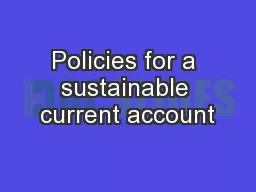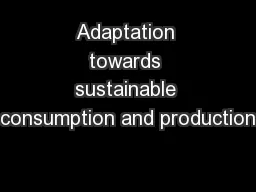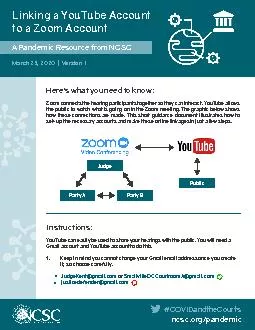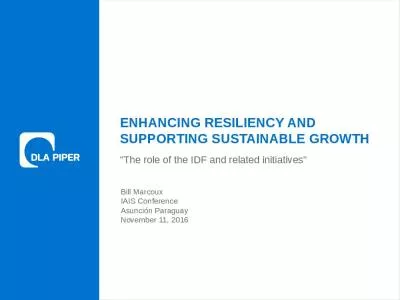PPT-Policies for a sustainable current account
Author : karlyn-bohler | Published Date : 2016-02-27
Petar Vujanovic Head of Indonesia Desk Economic Department Outline 2 Session 1 established that there has been a rapid deterioration in the current account which
Presentation Embed Code
Download Presentation
Download Presentation The PPT/PDF document "Policies for a sustainable current accou..." is the property of its rightful owner. Permission is granted to download and print the materials on this website for personal, non-commercial use only, and to display it on your personal computer provided you do not modify the materials and that you retain all copyright notices contained in the materials. By downloading content from our website, you accept the terms of this agreement.
Policies for a sustainable current account: Transcript
Download Rules Of Document
"Policies for a sustainable current account"The content belongs to its owner. You may download and print it for personal use, without modification, and keep all copyright notices. By downloading, you agree to these terms.
Related Documents














